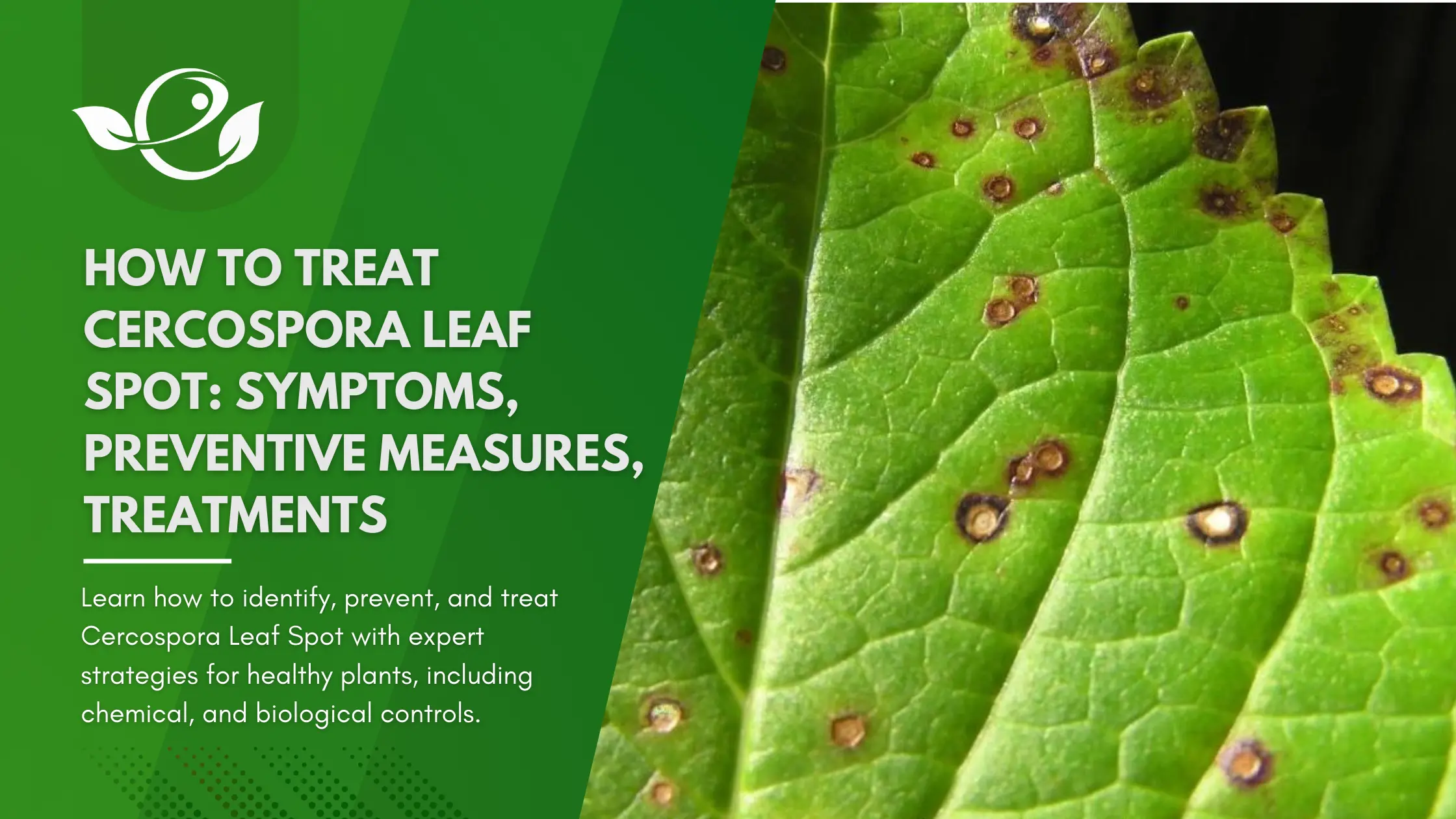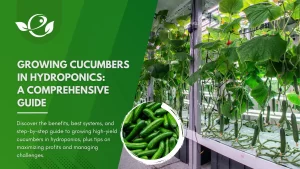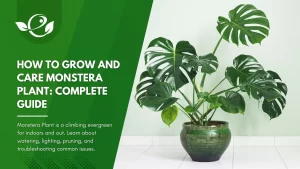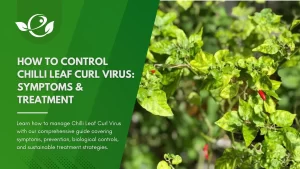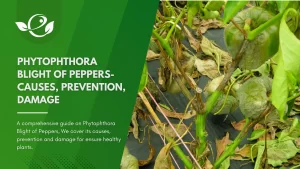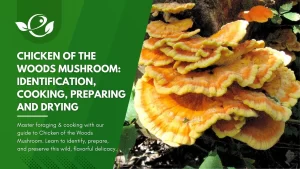Table of Contents
Cercospora leaf spot is a common fungal disease that affects a wide range of crops, including vegetables, fruits, and ornamental plants. This disease can cause significant damage to the leaves of affected plants, leading to reduced photosynthesis, stunted growth, and decreased yields. The disease is caused by various species of the genus Cercospora. As a conscientious gardener or farmer, it’s crucial to understand the symptoms, causes, and effective treatment methods for Cercospora leaf spot to protect your plants and maintain a healthy, thriving garden or crop.
In this comprehensive guide, we’ll explore the various aspects of Cercospora leaf spot, from identifying the symptoms to implementing effective prevention and treatment strategies. By the end of this article, you’ll have the knowledge and tools to effectively manage this fungal disease and keep your plants healthy and productive.
Understanding Cercospora Leaf Spot
CLS is caused by fungi from the genus Cercospora. These pathogens have a complex lifecycle that includes both asexual and sexual reproduction, allowing them to spread rapidly under favourable conditions.

The symptoms are caused by Cercospora capsici, a fungus that is particularly resilient in the tropics, affecting plants both in seedbeds and fields. It survives from one season to the other in or on seeds, in the soil and also on infected plant residues. It spreads via water, rain, wind and leaf-to-leaf contact and on implements, tools and workers. Foliar infection occurs by direct penetration of the leaf and is favored by prolonged leaf wetness. Optimal conditions for infection are warm temperatures around 23 °C and relative humidity of 77-85%. If these conditions are met, it is very likely to affect yields significantly, particularly if the infection takes place at the beginning of the season.
Symptoms and Diagnosis
- During the initial stage of infection, brownish circular spots with light-grey centers and reddish-brown margins appear on leaves. These spots are initially light green or yellowish, but they gradually develop a brown or greyish center with a reddish-purple border.
- Later on, they develop into large circular tan spots, up to 1.5 cm in size, formed by dark concentric rings growing around a whitish center.
- A rough dark ring and a yellow halo gives the spots the characteristic ‘frog-eye’ appearance. As the spots become more numerous, they gradually coalesce to form large leaf lesions.
- At later stages of the infection, leaves turn yellow and wilt or drop, exposing fruits to sunscald.
- In severe cases, spots can also be observed on fruit stalk and calyx, often resulting in stem-end rot.
- In some cases, the fungus may also cause lesions on the stems and even the fruits of the affected plants.
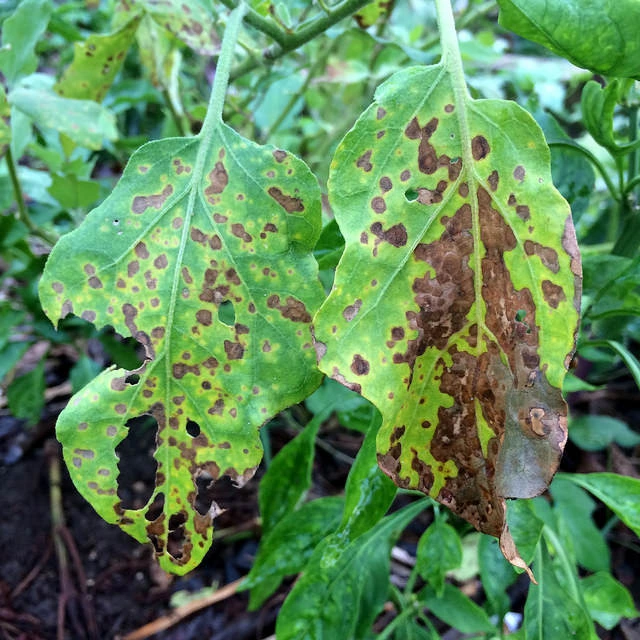
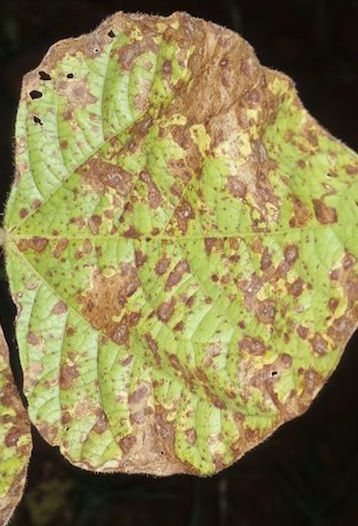
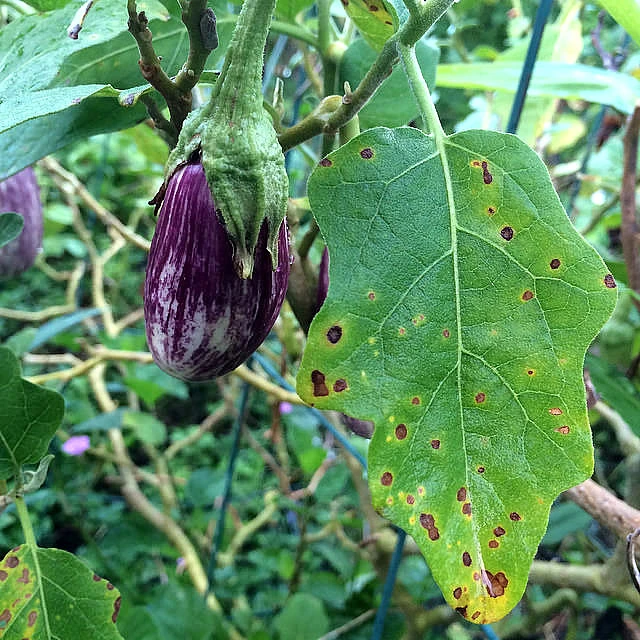
Prevention Strategies
- Make sure to acquire healthy, certified seeds.
- Space plants as recommended to allow for good air circulation and to avoid extended periods of leaf wetness.
- Use mulch to create a physical barrier between the plant and the fungus.
- Use stakes to keep plants upright.
- Use a drip irrigation system to minimize leaf wetness.
- Monitor seedbeds, young plants or transplants for any symptoms of the disease.
- Remove infected plants and destroy them away from the field.
- Control susceptible weeds in and around the field.
- Do not work on fields when plants are wet.
- Implement wide crop rotation, at least over a 3-year period.
- Remove plant debris after harvest and destroy them.
- Make sure fruits selected for seed do not have stem-end rots.
- Rotate crops to prevent the buildup of Cercospora pathogens in the soil. Avoid planting the same species in the same location year after year.
Treatment Options
A. Chemical Controls
Always consider an integrated approach with preventive measures together with biological treatments if available. Seed treatment with captan (3g/kg) works fine to fight the disease. Other treatments to control this disease include foliar spray of products containing copper hydroxide, chlorothalonil or mancozeb. Treatment should start when the spots first appear and continue at 10-14 days intervals until 3-4 weeks before the last harvest. It is important to spray both sides of the leaves.
B. Biological Controls
Beneficial microorganisms such as Bacillus subtilis can help control CLS by out-competing the pathogen or producing substances that inhibit fungal growth. Natural predators and antagonists can also be integrated into the management plan.
C. Organic and Natural Remedies
Seed treatment with hot water at 52°C for 30 minutes is a way to reduce the presence of the fungus on seeds. Note that the treatment may also affect seed germination if not carried out properly (excessive time or temperature). Foliar spray of products containing copper hydroxide can be done, starting when the spots first appear, and continue at 10-14 days intervals until 3-4 weeks before the last harvest. It is important to spray both sides of the leaves.
- Homemade Sprays: Neem oil, baking soda solutions, and garlic extracts can be used as organic treatments.
- Integrating Organic Methods: Combine organic remedies with cultural practices and biological controls for an integrated approach.
- Essential Oils: Some essential oils, like thyme oil or clove oil, have been shown to have antifungal properties and can be used as natural fungicides against Cercospora leaf spot.
- Copper-based Fungicides: Copper-based products, such as copper sulfate or copper hydroxide, can be effective in controlling Cercospora leaf spot. These fungicides work by disrupting the fungal cell membranes and inhibiting their growth.
- Compost Tea: Applying a compost tea, a liquid extract made from well-decomposed organic matter, can help stimulate the plant’s natural defenses and suppress fungal growth.
- Baking Soda: A simple solution of baking soda and water can be used as a foliar spray to help prevent and control Cercospora leaf spot.
Integrated Pest Management (IPM) Approach
Implementing an Integrated Pest Management (IPM) approach is often the most effective way to control Cercospora leaf spot. IPM combines multiple control strategies, including cultural, biological, and chemical methods, to manage the disease in a comprehensive and sustainable manner. Here’s how you can implement an IPM strategy for Cercospora leaf spot:
- Regular Scouting and Monitoring: Inspect plants regularly for signs of CLS. Early detection is crucial for effective management.
- Combining Cultural, Biological, and Chemical Controls: Use a combination of the aforementioned strategies to manage the disease holistically.
- Utilize Biological Controls: Introduce beneficial microorganisms or apply organic fungicides to suppress the Cercospora fungus.
- Rotate Fungicides: To prevent the development of fungicide resistance, rotate the use of different fungicide modes of action.
- Record-Keeping and Evaluation: Keep detailed records of disease incidence, treatments applied, and their outcomes to refine and improve the IPM plan over time.
Cercospora Leaf Spot in Different Crops
Cercospora leaf spot can affect a wide range of crops, and the specific management strategies may vary depending on the type of plant. Here’s a brief overview of Cercospora leaf spot in some common crops:
- Vegetables: Cercospora leaf spot can be a significant problem in vegetables like tomatoes, peppers, eggplants, and leafy greens. Implementing cultural practices, using resistant varieties, and applying targeted fungicides are essential for control.
- Fruits: Cercospora leaf spot can affect various fruit crops, including grapes, citrus, berries, and stone fruits. Pruning, improving air circulation, and using resistant varieties are crucial management strategies.
- Ornamentals: Cercospora leaf spot can also impact ornamental plants, such as chrysanthemums, marigolds, and zinnias. Maintaining good sanitation, applying organic fungicides, and selecting resistant varieties are recommended.
- Field Crops: Cercospora leaf spot can be a concern in field crops like corn, sorghum, and sugarcane. Crop rotation, resistant varieties, and the judicious use of fungicides are essential for control.
Regardless of the crop, the key to effectively managing Cercospora leaf spot is to tailor your approach based on the specific needs and growing conditions of your plants.
Conclusion
Cercospora leaf spot is a persistent fungal disease that can cause significant damage to a wide range of crops. By understanding the symptoms, causes, and effective prevention and treatment strategies, you can take control of this disease and protect the health and productivity of your plants.
Remember, a comprehensive and integrated approach is the most effective way to manage Cercospora leaf spot. Implement a combination of cultural practices, biological controls, and targeted fungicide applications to create a resilient and sustainable growing environment. If you’re struggling with the Cercospora leaf spot in your garden or farm, don’t hesitate to reach out to our team of experts. We can provide personalized guidance and recommendations to help you effectively manage this fungal disease and keep your plants thriving.
FAQ
What is the causal organism of Cercospora leaf spot of cucurbits?
The causal organism of Cercospora leaf spot of cucurbits is the fungus Cercospora citrullina.
Is Cercospora a fungus or bacteria?
Cercospora is a genus of fungi.
What are the symptoms of Cercospora leaf spot of finger millet?
Symptoms of Cercospora leaf spot of finger millet (Eleusine coracana) include small, circular to irregular brown or gray spots on the leaves, often with a yellow halo. As the disease progresses, the spots may coalesce, causing large, blighted areas and premature leaf death.
What is Cercospora leaf spot caused by?
Cercospora leaf spot is caused by fungi belonging to the genus Cercospora.
What is the common name for Cercospora?
The common name for Cercospora leaf spot can vary depending on the host plant. For instance, it is commonly known as Cercospora leaf spot in cucurbits, gray leaf spot in corn, and frogeye leaf spot in soybeans. The general term “Cercospora leaf spot” is commonly used to describe infections by Cercospora species.
